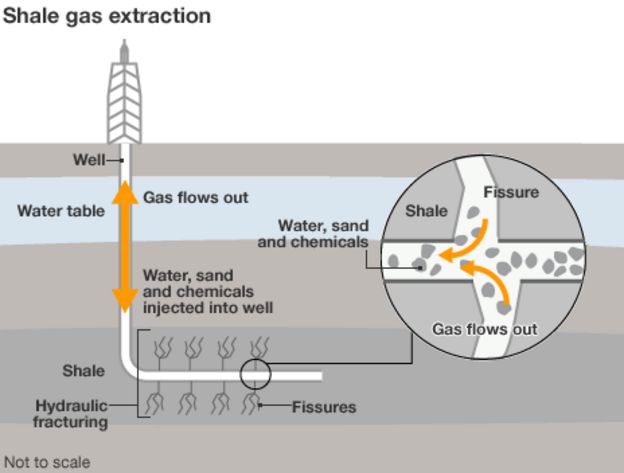Nope. As I mentioned, fracking started as a way to rejuvenate old wells. From Wikipedia:Fracking is a completely different method of extracting oil from conventional drilling.
---------
The process [fracking] was further described by J.B. Clark of Stanolind in his paper published in 1948. A patent on this process was issued in 1949 and exclusive license was granted to the Halliburton Oil Well Cementing Company. On 17 March 1949, Halliburton performed the first two commercial hydraulic fracturing treatments in Stephens County, Oklahoma, and Archer County, Texas. Since then, hydraulic fracturing has been used to stimulate approximately one million oil and gas wells in various geologic regimes with good success.
In contrast with large-scale hydraulic fracturing used in low-permeability formations, small hydraulic fracturing treatments are commonly used in high-permeability formations to remedy "skin damage", a low-permeability zone that sometimes forms at the rock-borehole interface. In such cases the fracturing may extend only a few feet from the borehole.
---------
Nowadays they will start drilling in a known-poor area and rely on fracking alone.
??Really, and you are counting all tangent uses of spent oil?
To replay this discussion:
You: "bulk electric power is still mainly produced by burning oil"
Me: "Really, and you are counting all tangent uses of spent oil?"
Yes. As the article you posted mentions, less than 1% of US generation comes from oil, and most of that is on islands like Hawaii where it's hard to get any other sources of energy. (And oil is easy to transport.)



